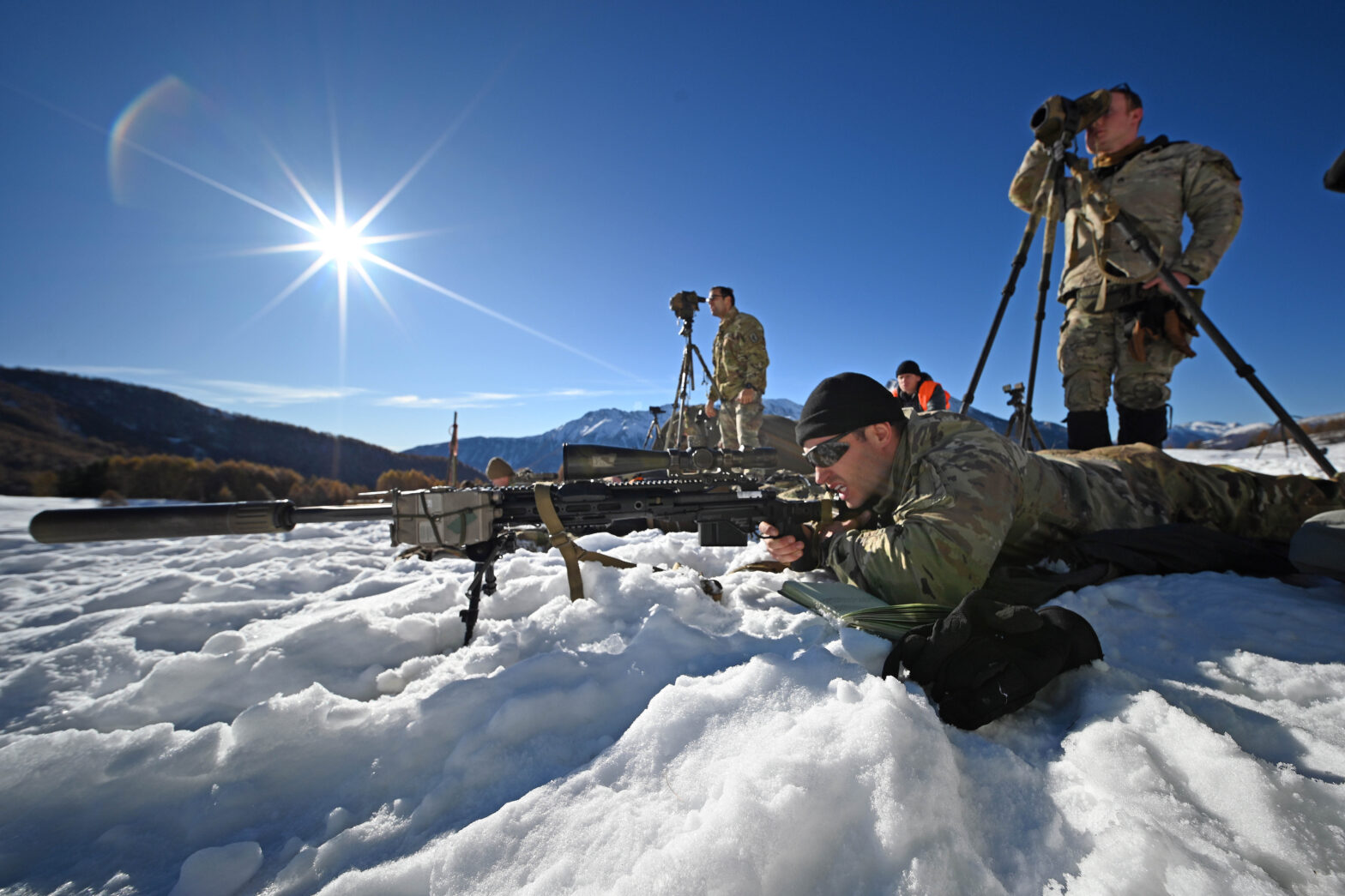The science of suppressors and the potential impact of their use to reduce repeated impacts on the brain is an important and developing area of research.
Javier A. Maldonado-Echeverria’s thesis for his Master of Applied Science in Mechanical and Mechatronics Engineering titled “Brain response to Overpressure and Recoil Loads from Discharge of Long-Range Precision Rifle” was a particularly interesting and insightful read for me.
According to Newton’s Third Law, for every action there is an equal and opposite reaction. So, when firing a long-range precision rifle (LPR) a recoil will be associated with the discharge. Because a suppressor can impact the discharge, it can also impact the recoil.
This recoil force can be looked at like a coup-contrecoup exposure to the brain, where there is a shaking of the brain inside the skull, similar to a head-on collision.
Interestingly, Mr. Maldonado-Echeverria found that the recoil-induced head shaking from the LPR discharge correlated with the operator and not whether the LPR was suppressed or non-suppressed.
He did find a difference between suppressed and non-suppressed overpressure magnitudes, with consistent peak overpressures of 0.2 kPa with a suppressor configuration versus 27.6 kPa with a non-suppressed LPR.
While a single exposure, whether suppressed or non-suppressed, was below the threshold to elicit a concussion, the concern remains over repeated subconcussive exposures to these forces.
Suppressors did offer a decrease in overpressure, and that difference cumulatively over years if not decades of exposure could be a valuable strategy in the effort to reduce neurotrauma in tactical professionals.
References:
- Maldonado Echeverria, J. A. (2024). Brain Response to Overpressure and Recoil Loads from Discharge of Long-Range Precision Rifle (Master’s thesis, University of Waterloo).
